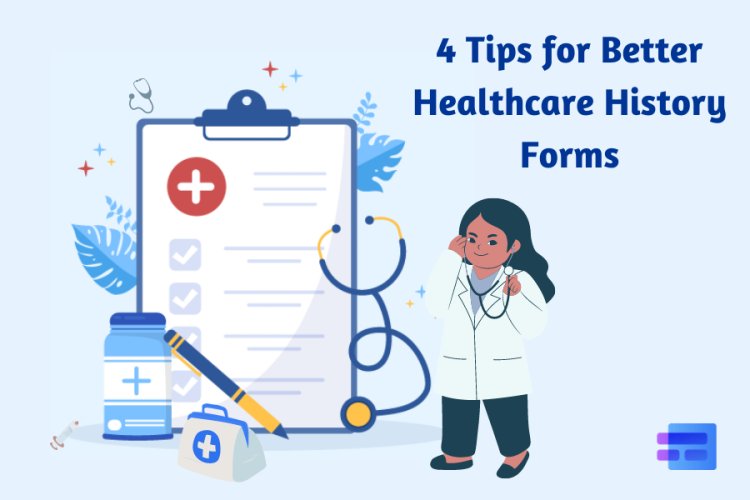4 Tips for Better Healthcare History Forms
Utilizing tools like MakeForms can help in designing and implementing these optimized forms, ensuring they are both user-friendly and secure.
Share this Post to earn Money ( Upto ₹100 per 1000 Views )

Creating effective healthcare history forms is crucial for gathering accurate patient information, which in turn enhances diagnosis and treatment. Here are four tips to improve your healthcare history forms:
1. Simplify the Layout
A clear and organized layout is essential for ensuring that patients can complete the form easily and accurately. Use a logical flow, grouping related questions together under relevant sections such as personal information, medical history, and current medications. Avoid clutter by keeping the form concise and only including necessary questions. Utilizing white space effectively can also make the form appear less daunting and easier to navigate.
2. Use Clear and Concise Language
Medical jargon can be confusing for patients, leading to incomplete or inaccurate responses. Use simple, straightforward language to ensure that patients understand each question. Provide examples or additional explanations where necessary to clarify what information is being requested. For instance, instead of asking for "cardiovascular history," specify "heart conditions such as high blood pressure or previous heart attacks."
3. Incorporate Conditional Logic
Conditional logic allows forms to dynamically adjust based on the patient’s responses, making the form-filling process more efficient and relevant. For example, if a patient indicates they have no allergies, the subsequent questions about specific allergens can be hidden. This not only reduces the amount of unnecessary information patients have to sift through but also ensures that the data collected is pertinent and focused.
4. Ensure Privacy and Security
Patients are more likely to provide honest and thorough information if they trust that their data will be handled securely. Clearly state how the information will be used, stored, and protected. Utilize secure online forms that comply with regulations such as HIPAA to safeguard patient data. Ensure that your forms are encrypted and access is restricted to authorized personnel only.
By following these tips, healthcare providers can create more effective healthcare forms that improve the accuracy of patient information, enhance the patient experience, and support better clinical outcomes. Utilizing tools like MakeForms can help in designing and implementing these optimized forms, ensuring they are both user-friendly and secure.






